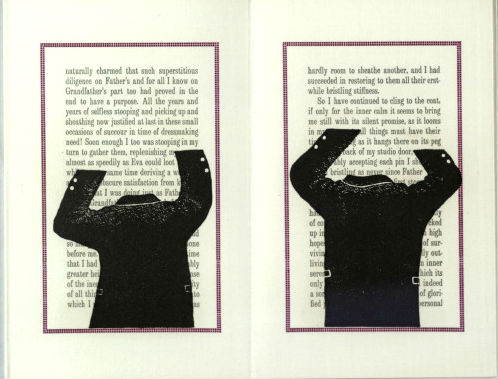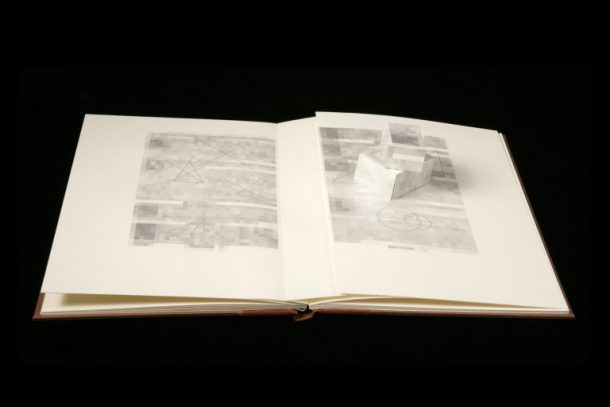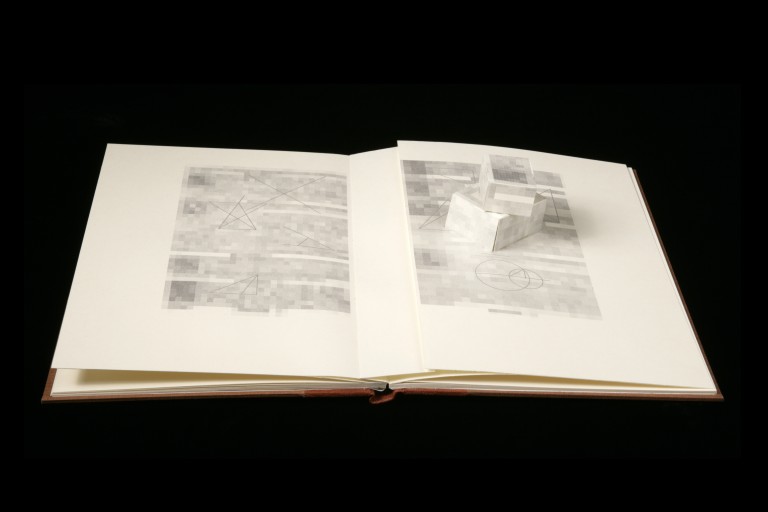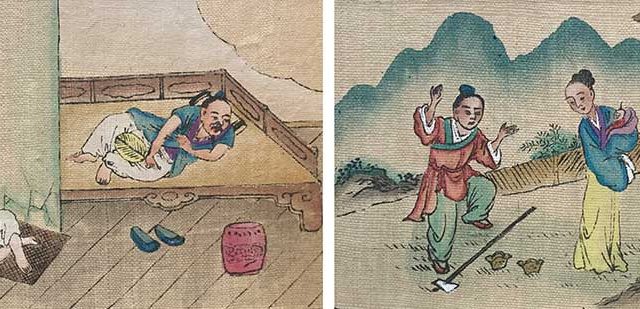Around every six months we update the selection of material we offer in our group visit packages here at the National Art Library. The latest refresh has been to our Book Art package. Read on for a taster of what you could expect to see if you were to book an educational group visit with us in the next 6 months.
So what is meant by ‘book art’? If you read around the subject you will find a multitude of definitions. One helpful definition created by The Art Libraries Society of the United Kingdom and Ireland (ARLIS/UK & Ireland) for the purpose of identifying items within a library’s collection is:
‘a book or book –like object in which an artist has had a major input beyond illustration or authorship: … where the book is the manifestation of the artist’s creativity: where the book is a work of art in itself.’
as quoted in: Bettley, James ed. ‘The Art of the book : from medieval manuscript to graphic novel’. London: V&A Publications, 2001, pp.164-165.
We always try to include an item or two from the 1950s/1960s which demonstrate the origins of the genre. During this period a few artists chose to explore the use of the book as a method of direct engagement with their audiences, bypassing the gallery system and using a standard mass produced medium most people could afford. Dieter Roth is considered to be a key name in the genre’s inception, producing a collection of books which explored the idea of seriality as an inherent quality in most books. We have chosen Roth’s 1967 work ‘246 little clouds’, reissued in the Something Else Press 1976 17th instalment of his book works. The 246 clouds are photographs of the unfolded contents of screwed up balls of paper which contain brief summaries of the artist’s thoughts to which are pinned visualisations: he writes as the bracketed ‘subtitle’ to the work, ‘a fictive report from countries far inside a Swiss who is living abroad inside himself’.
The 1980s and 90s saw a proliferation of book art with many artists starting to work specifically in the field. Book artists also pushed further the boundaries of ‘what constitutes a book’. Here are a couple of examples:
In ‘The missing piece’ the pages are divided into six sections with the same lines on each, but each page has a different ‘missing piece’. The translucent pages of the book allow the reader to look through to see how the sequence progresses with different elements appearing and disappearing on consecutive pages. The reader is made acutely aware of the process of journeying through the book.
![Carrión, Ulises. 'The missing piece'. [Netherlands: published by the artist?], 1984. NAL pressmark: 38041800070237](https://www.vam.ac.uk/blog/wp-content/uploads/2015/07/2009CC0024_2b065dacc69fdb0c9405ac209294a9b4-610x458.jpg)
‘It seemed like magic to me. As I began to make sketches for the book, I realized [sic] the standard concertina was not quite right for my ideas, so I devised a hybrid structure composed of two concertinas that folded up separately into two halves of a single book.’
Courtney, Cathy. ‘Speaking of book art: interviews with British and American book artists’. Los Altos Hill, Ca.: Anderson-Lovelace, 1999, p.210.

‘Overcoated’ presents a disconcerting gradual manipulation of what at first seems in lay out and tone like a standard short story. Images of the coat in question gradually obscure more and more of the page, creeping up, culminating in the end of the story becoming literally ‘overcoated’. The book engenders the pressure that the narrator feels through inheriting the coat to live up to the legacies of the family members who have worn it before him.

Lastly, I will mention ‘Elements of geometry by Euclid’ by Sjoerd Hofstra. Based on the first printed edition of Euclid’s early treatise on geometry entitled ‘Preclarissimus liber elementorum Euclidis perspicacissimi in artem geometrie’, published in Venice in 1482, Hofstra’s work transforms Euclid’s original text pages by softening and blurring the text until it becomes a backdrop of patterns from which 3D geometric shapes spring forth in the form of pop-ups. The book challenges you, as the reader, to think about your own sense of balance and likely tipping point whilst holding the book – inviting you to bend forward etc.. The relationship between work and reader is called into question through the unusual device of direct commands being issued forth from the book, persuading the reader to engage in an immediate way with its concepts.

This selection just scratches the surface of our 5000 plus holdings within the book art genre. Here’s hoping it has inspired you to come select some material in person or book a group visit with us!
More to come soon on how to select book art material as an individual user of our collections…


